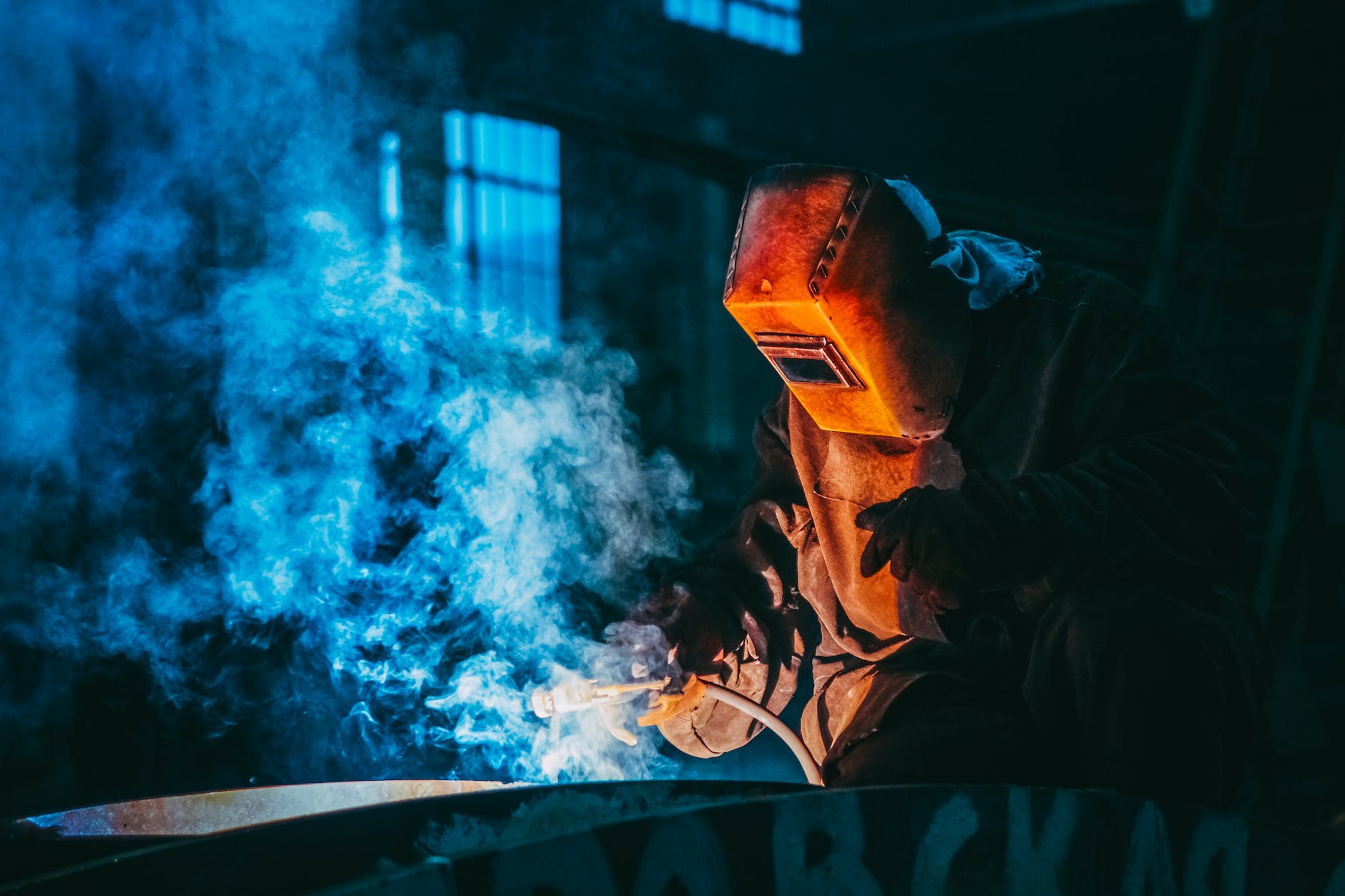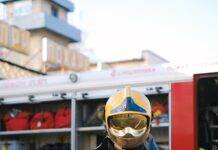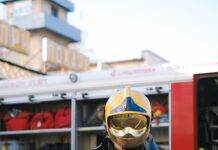
Welding Safety: Protective Gear and Ventilation
Introduction
Welding is a critical industrial process, but it comes with inherent hazards that necessitate strict safety measures. This article focuses on two key aspects of welding safety: the use of protective gear and the importance of proper ventilation to ensure the well-being of welders and those in the vicinity.
Protective Gear for Welding
- Welding Helmets with Face Shields
- Mandating the use of welding helmets equipped with face shields
- Providing full-face protection against sparks, heat, and UV radiation emitted during the welding process
- Flame-Resistant Clothing
- Supplying flame-resistant clothing, including jackets and pants
- Creating a protective barrier against sparks and molten metal, reducing the risk of burns and injuries
- Welding Gloves
- Ensuring the use of welding-specific gloves made of heat-resistant materials
- Protecting hands from burns, sparks, and electric shock while maintaining dexterity
- Respiratory Protection
- Implementing respiratory protection, such as respirators with appropriate filters
- Shielding welders from fumes and particulate matter generated during welding, preventing respiratory issues
- Ear Protection
- Providing ear protection, such as earplugs or earmuffs
- Minimizing exposure to loud welding noises, preventing long-term hearing damage
- Steel-Toed Boots
- Requiring the use of steel-toed boots
- Guarding feet against falling objects, sparks, and potential crushing hazards in the welding environment
- Welding Curtains and Screens
- Installing welding curtains and screens to contain sparks and protect nearby workers
- Creating a safe zone and preventing unintended exposure to welding hazards
Importance of Proper Ventilation in Welding Areas
- Removal of Welding Fumes
- Implementing effective ventilation systems to remove welding fumes
- Enhancing air quality in the welding area and reducing the risk of respiratory issues for welders
- Positioning of Exhaust Hoods
- Properly positioning exhaust hoods near the welding source
- Capturing and extracting fumes at the point of generation, preventing their dispersion in the workspace
- Natural Ventilation Considerations
- Utilizing natural ventilation methods where possible
- Integrating doors, windows, or roof openings to facilitate the natural dissipation of welding fumes
- Regular Maintenance of Ventilation Systems
- Conducting regular maintenance of ventilation systems
- Ensuring that fans, filters, and exhaust hoods remain in optimal working condition for consistent fume extraction
- Employee Training on Ventilation
- Providing training to welders on the importance of proper ventilation
- Ensuring awareness of ventilation system usage and its role in maintaining a safe working environment
- Ventilation in Confined Spaces
- Implementing specialized ventilation measures for welding in confined spaces
- Preventing the accumulation of fumes in enclosed areas and mitigating potential health risks
- Air Quality Monitoring
- Utilizing air quality monitoring devices in welding areas
- Regularly assessing the effectiveness of ventilation systems and making adjustments as needed
Conclusion
In conclusion, welding safety hinges on the diligent use of protective gear and the implementation of proper ventilation practices. Welders must be equipped with helmets, clothing, gloves, and respiratory protection to shield them from the various hazards associated with welding. Additionally, effective ventilation systems ensure the removal of harmful fumes, maintaining air quality in the workspace. By combining these safety measures, organizations can create a secure environment that prioritizes the well-being of welders and minimizes the risks associated with the welding process.
Fire Hazards and Control Measures
What is the Life of a Fire Sprinkler?
Frequently Asked Questions (FAQs)
- Why is a welding helmet with a face shield crucial for safety?
- A welding helmet with a face shield provides full-face protection against sparks, heat, and UV radiation generated during welding. It shields the eyes, face, and neck, preventing burns and injuries.
- How does flame-resistant clothing contribute to welding safety?
- Flame-resistant clothing creates a protective barrier against sparks and molten metal during welding. It reduces the risk of burns and injuries by preventing direct contact with hazardous materials.
- Why is respiratory protection necessary for welders?
- Respiratory protection, such as respirators with appropriate filters, shields welders from fumes and particulate matter generated during welding. It prevents respiratory issues and protects lung health.
- What is the purpose of ventilation in welding areas?
- Proper ventilation in welding areas removes welding fumes, enhancing air quality and reducing the risk of respiratory issues for welders. It creates a safer working environment by preventing the dispersion of harmful substances.
- How does ear protection contribute to welding safety?
- Ear protection, such as earplugs or earmuffs, minimizes exposure to loud welding noises, preventing long-term hearing damage for welders working in noisy environments.
























